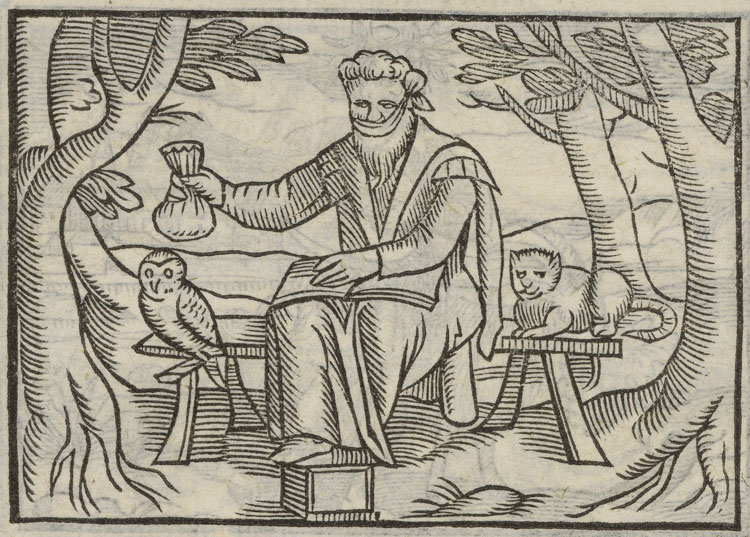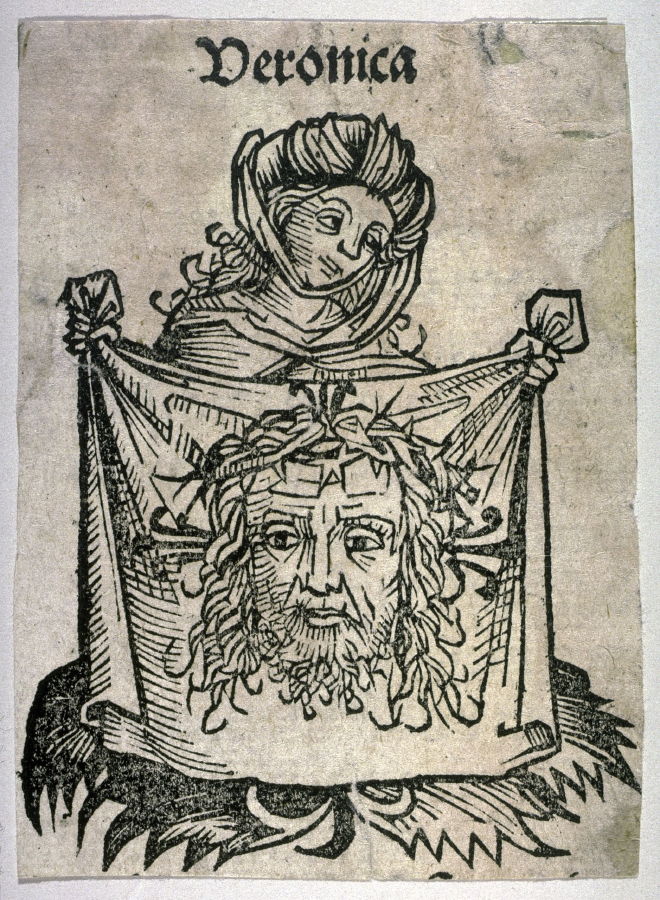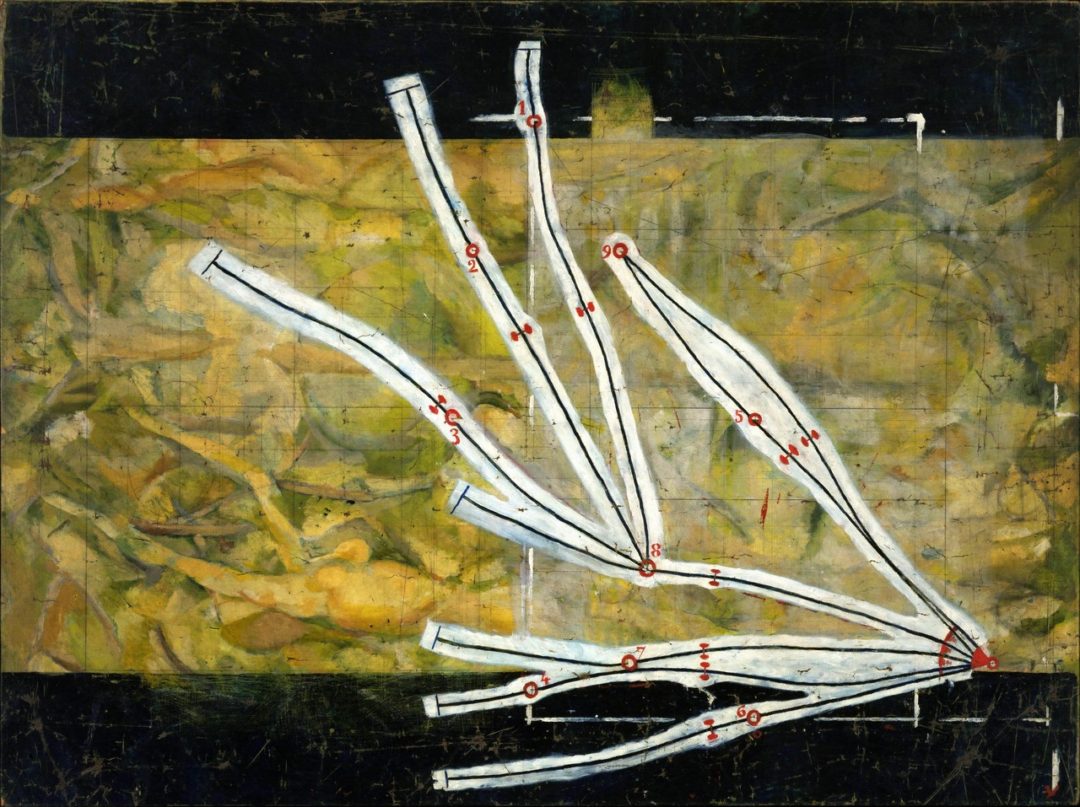Games and Chance: A Lecture
We were concerned in the last lecture with the Tarot Cards, and an association was presented between them and our modern bridge deck. Only in fairly recent times, have games been taken seriously. Eric Berne's book, Games People Play, approaches this subject on a serious level in relation to psychiatry. John von Neumann, a mathematician at The Institute for Advanced Study at Princeton, was responsible for renewed interest in games and game theory in the 1940's.
Literature on games of chance goes back even to the period with which we have been concerned. In 1526, Gerolamo Cardano wrote Liber de Ludo Aleae, a book concerning games of chance. This was the first time that probability was calculated by certain theoretical arguments. This was followed in the 17th century by Galileo, Pascal and others. In the 18th century, an English mathematician published a formulation of the "normal law" which described the distribution of events subject to a great number of independent chance influences. These results were found to describe the distribution of errors of observation in astronomy, the social sciences and physical sciences due largely to their applications by Laplace and Gauss around the beginning of the 19th century. Chance also became material for the artist, but this was not until the 20th century. This area becomes an important confluence of science, mathematics, and art.
We have established different systems based on different levels of order. A 20th century mathematician, Kurt Goedel, described some of these systems and their relative levels of meaning. These are systems in which there are self contained laws, operations, and rules that can describe certain relationships. Thought in mathematics and physics began to establish principles that necessitated involvement. Some physicists contend that they rely less on observation and put more emphasis on intuition. The vanguard in science seems to be less concerned with the thing itself, objective observation, than how the thing is perceived. Hence, the act of observation becomes an important element in defining the thing in question.
A point of reference can be found in the thought of Bishop Berkeley carried through into the 20th century in the writings of Marcel Duchamp in relation to his investigations into the creative act. Duchamp wrote an essay in 1957 about this, and it can be referred to in the book The New Art, edited by Gregory Battock and published by B.P. Dutton & Co. Inc. The implications are that the work of art is created by the artist and by the perceiver in equal measures. This leads to a far-reaching definition of the limits of art. One of the basic problems is to define what the work of art is and what its limits are. This means that it is not necessarily the frame or the edge of the canvas. Duchamp painted on glass establishing a multi-dimensional limitation of the work of art. Are the things behind the glass actually a part of the painting because they are actually enclosed in the visual frame of reference set up by the artist? There is a time factor involved here, and we must realize that the limits of a work of art involve time as well as physical location. Is the painting the same as when it was first conceived by the artist or does it continually change, and does this necessarily involve the perceiver in order to complete its full implications as a work of art. These questions challenge the nature of the work of art as a physical thing and our whole concept of what a work of art is.
TAROT CARDS
The 71 cards mentioned in a previous lecture have a very long tradition. They were cited in order to explain why we might talk about a deck of cards or an astrological chart in a course in the humanities. We are dealing with human experience, and as historians of culture, we must be very careful not to exclude relevant material . We should find an interest in it in order to reach a better understanding of the specific works of art that would be difficult to explain fully or even understand superficially without such knowledge.
One of the 71 cards was chosen at random in order to illustrate a single image of the deck. By chance, the card selected had the same image as a slide that was to be shown later in this same lecture. It was card number 21, part of the Greater Arcana. This is the card of the world having different names and different traditions- the Cosmos, Truth, or Mother Nature. The book, The Painted Caravan by Basil Ivan Rakoczi, published by L.J.C. Boucher in Holland, explains the meanings behind all of the cards. On page 67 of this book, we find a discussion of this particular card.
"The symbol picture shows a beautiful naked woman, her modesty protected by a flowing veil. She dances upon her right foot on a globe or in a field of flowers. (We saw this in the last lecture in the print "Nemesis" by Durer. The figure is standing on globe.) In her left hand is a wand pointing heavenwards, while she indicates the earth below with her right. She is enclosed in a laurel wreath or nimbus decorated with roses and lilies. (Roses and lilies are symbols patterned after the 15th century deck.) The Emblems of the Four Evangelists, the Four Brothers of Horus, representing the corners of the earth, the elements and the vital parts of the body, are placed one in each corner. (These are the four elements that we referred-to in the last lecture. They become translated in the Tarot tradition to the four Evangelists which have their own symbols in the iconography of Christian art.)
For divinatory purposes this card suggests triumph in all undertakings, with restitution for harm endured upon the life path. The ascendancy of reason over the emotions, yet the fulfilment of all desires, high and low. It is a card of amorality, combining the lesser Eve with the higher Sophia. (Sophia means wisdom). Travels, change of domicile, impermanence, emigration of whole tribes and change of the means of livelihood."
If this card comes up upside-down, there occurs a reversal of characteristics. If this card appears in this manner, it means,"sloth, stubbornness, attachment to one place or profession, steadfastness, an earthbound spirit." It is interesting to note here that sloth is the sin that is associated with the melancholic temperament. This is not a card of melancholy, but merely an overlap.
The fascinating thing about this sort of handbook representing the breadth of human experience on emotional, physical, and psychological levels. They show basic aspects of human experience that do provide a basis for a more sophisticated interpretation opf the new problems that have come up in the 20th century.
When in use, the cards fall by chance, and it is the physical position of the cards and their relationships that define what they mean or for how long they would be operative. The cards are concerned with all different types of human experience. They didn't predict, but they would allow the gypsy a basis in which to discuss the issues with the questor. On this basis, the gypsy could actually function as a psychologist and give good, practical advice about how to conduct your life. The problem for the questor is to understand what this advice means in the terms of his life and to take certain steps to either avoid tragedy or recognize good fortune.
The interest in the Tarot cards is of the totality of the system, for it is a more complex level of development than the tradition of the four humors.
There are other games that are worth mentioning as a point of reference. For instance, there is a deck of cards designed by George Brecht. This game consists of 64 cards with images on them,. but there are no rules as to how to play the game. This is a system. A new game can be created, a new system of telling fortunes could be developed, or a system of betting the races could be developed, or anything else that one might want to do with them. This is presented as a work of art, and it raises some very interesting intellectual problems. A work of art does not have to be a painting or a piece of sculpture. These cards were made by an artist, an artist who is also a writer and a thinker. In fact, he has written an essay on "Chance Imagery," published as A Great Bear Pamphlet by Something Else Press, Inc. It is a very good essay about chance and its relationship to the visual arts.
SLIDES
We can now see how these ideas are related to older material as well as in the context of 20th century art.
Slide: 11th or 12th century manuscript drawing of 4 humors or winds, Wheel of Life c. 1400
The four humors were sometimes related to the four winds which traditionally came from four directions and represented the four corners of the earth. An art historical analysis could identify the figures iconographically and use this as a document to show just how the system of thought had changed by this time from that of Hippocrates or Galen.
The system of the Wheel of Fortune is represented by a card in the Greater Arcana. The images on it are related to the four humors, and at this time, they also represent the four ages of man. This is really a symbol for the structure of the human beings life as well as the structure for the cosmos or the world. This same idea was shown in quite a different way in the drawing by Leonardo of the man squaring the circle- a cosmological statement and a humanistic one.
Slide: Illustration of the wheel of chance c. 1494 Playing cards c. 1400, German
The first slide was another example of tie Wheel of Fortune. The playing cards were first printed on sheets and then cut. This was a popular art, art for the common people as distinguished from the fine art of the court. The various images are conventional representations that can be related to things in the real world.
Slide: New Year's Card c. 1450, German
Slide: St. Veronica's Veil 15th cent. woodcut,-German
The card is an individual playing card that is quite similar to the evolved-tradition of the Tarot Deck. A print of "Veronica's Veil" would have been found in the home of the common man for use in prayer. The idea is related to the use by the wealthy of more expensive paintings or manuscript illustrations.
Slide: "Tarocchi" - Planets & Spheres-Primo Mobile, 15th century Italian
Slide: Albrecht Darer "Nemesis" 1501/2
The figure in "Nemesis" is standing on a globe. She can be identified as being related to the Primo Mobile as it is in the Tarocchi (Italian for Tarot). Tradition in the 16th century includes other things that are not in the gypsy deck. Some of the details in the card of the world, Primo Mobile, correspond very closely with those in Durer's print.
Slides: Durer
"Adam & Eve" 1504 engraving
"Evangelists & Apostles" 1523-26
"Melancholia" 1514 engraving
"Memento Mei" 1505.
In "Adam & Eve," we have a visual concept of a world- Eden or-Paradise. This was when man was immortal, the four humors being in perfect balance. The four humors are represented by the animals, and the parrot is a symbol of life. "Evangelists & Apostles" also constitutes a world. It represents Durer's own change to a more religious attitude as seen in the choice to paint religious subjects instead of secular.
Durer identified himself with the melancholic temperament. In the late 15th century it became standard practice to look to the traits of melancholy in order to define genius. A detailed examination of the woodcut is presented by Panofsky in Albrecht Durer. These qualities acquired some snob value and are at the basis of some of our ideas about the artist. The "proto-Bohemian", established by the 16th century, went out of fashion by the 17th for, the great artists of this period were never described as melancholic. This drawing "Memento Mei" shows the artist in meditation about himself. He is associating melancholic qualities to himself so as to be associated with genius.
Slides: Raphael
"School of Athens" 1510-11, Detail- Heraclitus by Michelangelo
In this painting, we see a representation of the melancholic temperament in the idealized portrait by Michelangelo. He is in a typical pose. brooding, downcast head, bent elbow.
Slides:
Wassily Kandinsky, "Improvisation No. 27" 1912
Marcel Duchamp, "Network of Stoppages" 1914
With his first abstract painting in 1911, Kandinsky set up an entirely new world in terms of the work of art. This was an amazing breakthrough in terms of structure, for it took the whole world of existence that was not directly open to logical analysis, but to chance. It is an abstract, non-objective painting that manifests itself in a concern for those laws that belong to a different world than that we perceive with our eyes. It comes from the subconscious or the world of dreams, this painting following The Meaning of Dreams by Freud by 11 years.
A work of art related very closely to chance and the incorporation of it is "Network of Stoppages," begun in 1913. This seems to be the first explicit use of chance for the creation of a work of art. He obtained the images by holding a thread one meter long, one meter above the canvas horizontally . He then let it fall, and was fixed on the canvas in the way in which they fell. This illustrates chance in terms of gravity.
Slides: Duchamp
"The Great Glass" 1915-1923
"Nine Malic Moulds" 1914-1915
Duchamp was concerned with two other aspects of chance, wind and rain. In "The Great Glass", we see a network of stoppages produced by the variable of wind, wind here an explicit statement of the work of art. For "Nine Malic Moulds," Duchamp used aim or adresse as the third variable for his work of art. He fired nine matches that had been dipped in paint to a given point on the canvas. He made a careful marking of them, and these determined the nine malic forms in perspective.
Kurt von Meier
From a lecture in class Art 1C, UCLA 1966
Transcribed by Jean Garren













